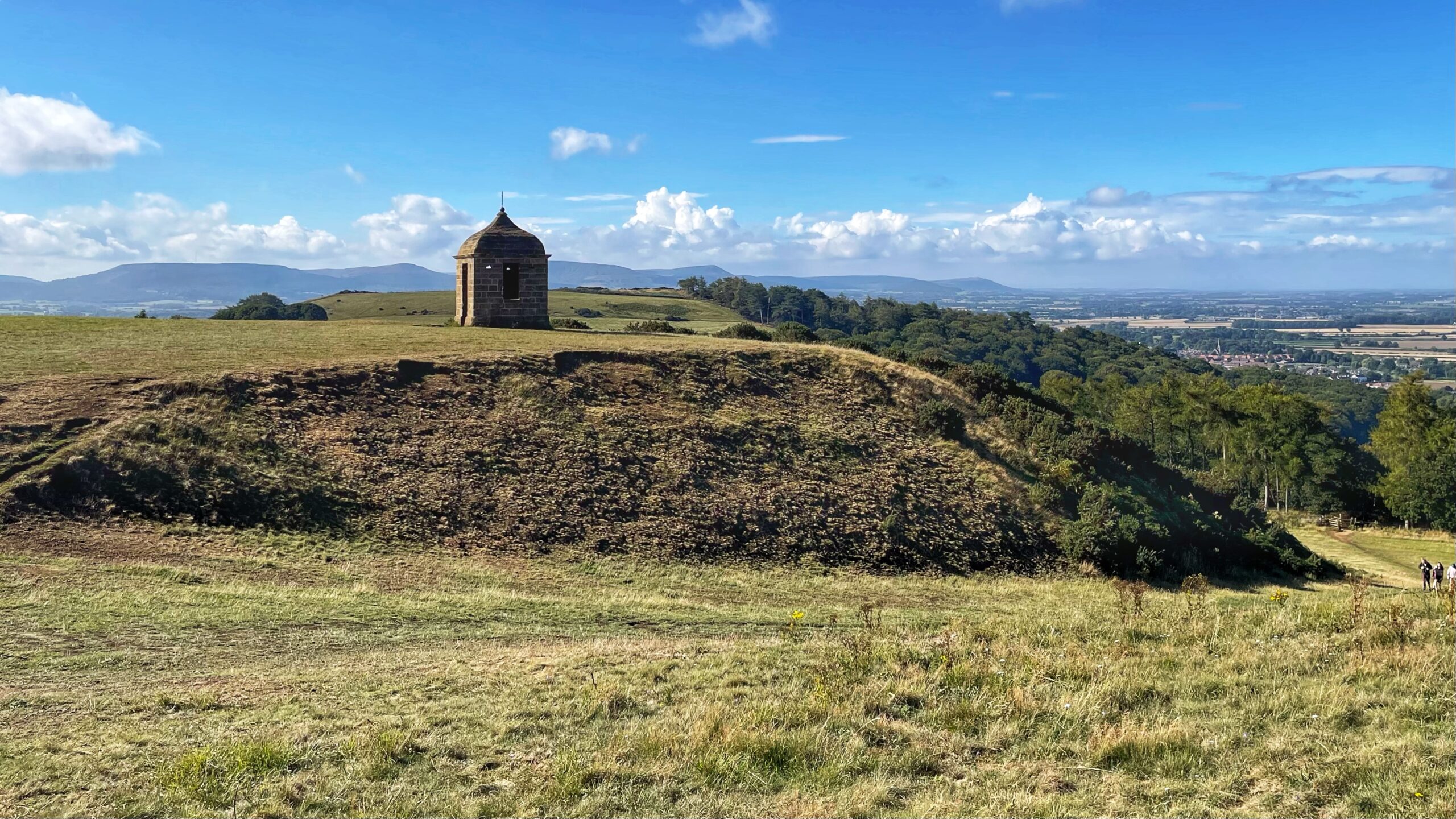A small plaque fastened to the wall of this sandstone shell of a building offers a neat explanation. It claims this was once a shooting box, commissioned by Commodore William Wilson of Ayton Hall. A tidy story, except for one small problem. It does not add up.
A sketch by George Cruit in 1788 proves the building was already here. But organised game shooting would not emerge for another hundred years, when the breech-loading shotgun changed the sport. In Wilson’s day, hunting meant dogs, not drives. So, a shooting box it is not.
What then? A folly, perhaps. A summerhouse, or a prospect house to ornament the landscape. A place for the ladies to rest, while the gentlemen scrambled up the hill. A more likely explanation. But one question lingers: who built it?
For generations, the answer was indeed thought to be Wilson himself. Captain in the East India Company, veteran of sea battles against French frigates, discoverer of a new passage to Canton. He returned to England in 1762, aged only forty-seven, with a fortune and a new wife, Rachel Jackson. Through her brother Ralph, the celebrated diarist, the couple settled at Ayton Hall.
Wilson took up the life of a country squire until his death in 1795. And in those years, fashion favoured ornamental buildings in the landscape. Roseberry Topping would have been visible from the Wilsons’ estate, a fine backdrop to their life of leisure. Some imagined the summerhouse might even have carried an oriental roof, a nod to Wilson’s adventures in the East.
It all seems to fit—until the gaps appear. Ralph Jackson, meticulous in his diary, never mentions the structure. Wilson did not own the land in any case. From 1763 it belonged to Bartholomew Rudd, with Aireyholme Farm let to tenants.
And so, the trail goes cold. The sandstone shell remains, but the name of its builder has long since been lost to time.
Source: [Ref015]

Leave a Reply